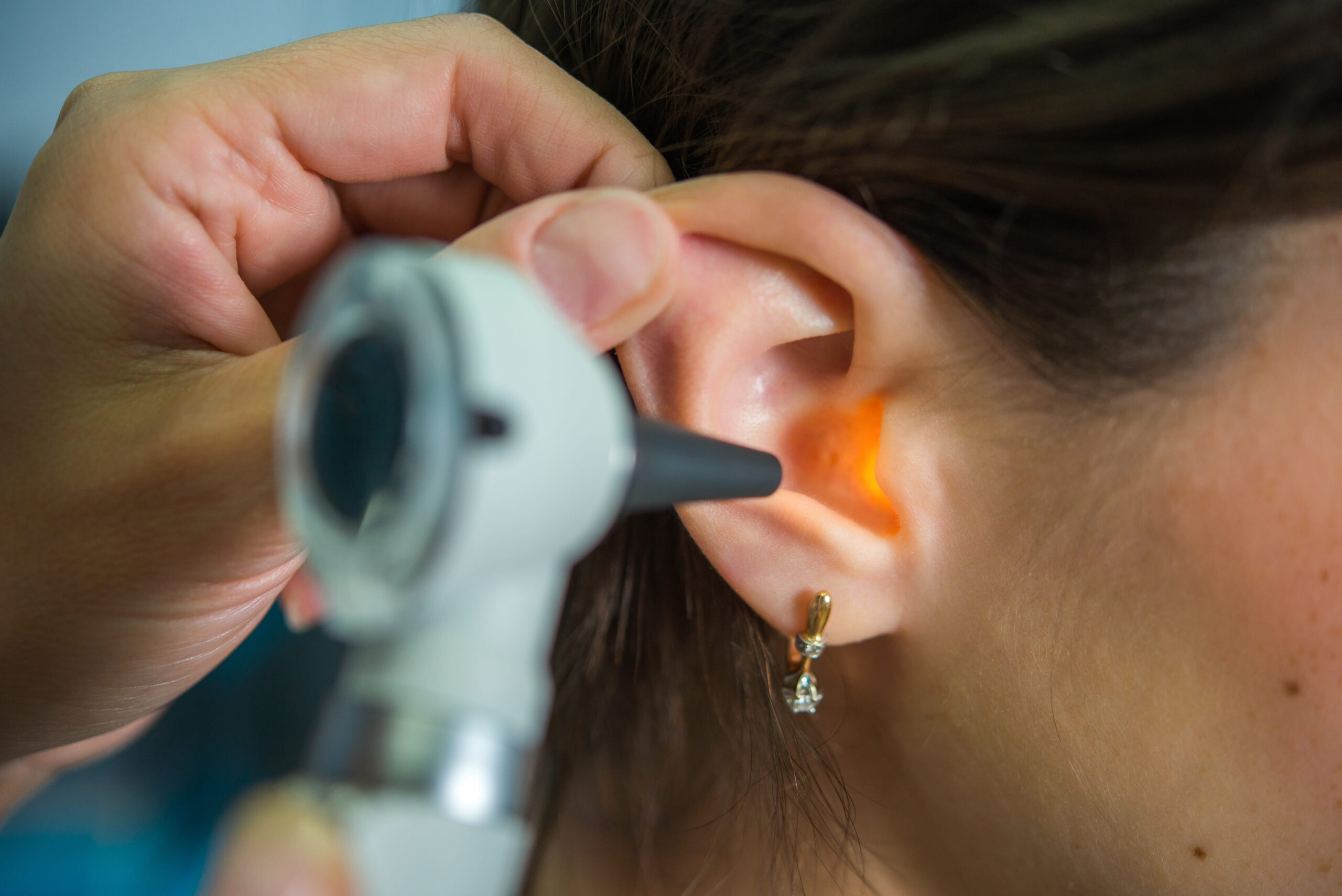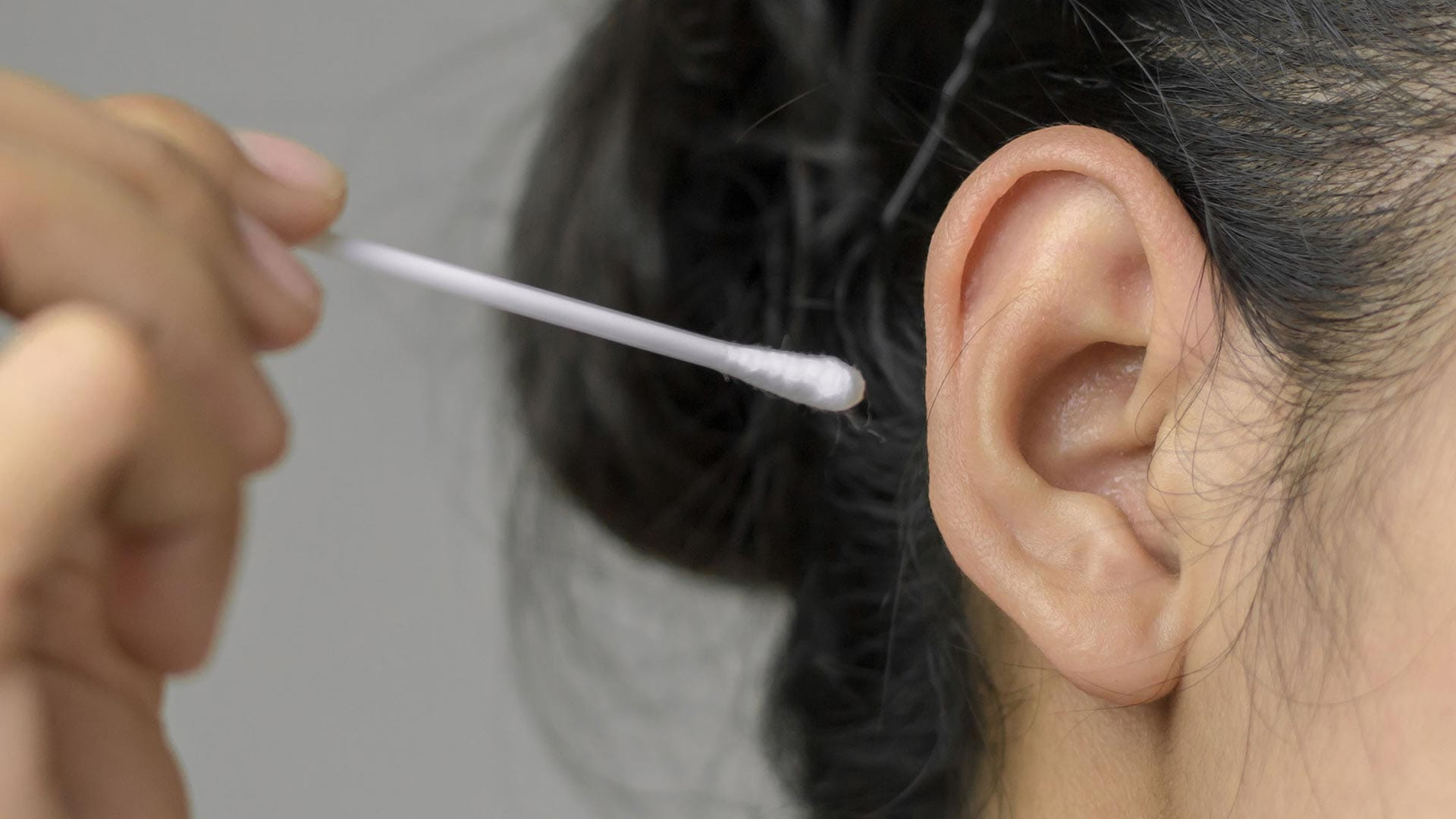Ears might be small, but they play a gigantic role in our lives. They allow us to connect with the world around us, enjoy the rhythms of music, and engage in enriching conversations. However, for this crucial sense organ to work at its optimum, regular upkeep and maintenance are necessary. One such aspect is ear wax removal. Often overlooked, improper ear wax management can lead to discomfort and even temporary hearing loss. This article is your comprehensive guide to safe methods for ear wax removal and what you should avoid. Stick around for a sound piece of advice!
What is Ear Wax? Understanding the Basics
Before we plunge into the depths of ear wax removal, it's essential to understand what ear wax actually is. Known medically as cerumen, ear wax is a natural substance produced by glands in your ear canal. Its primary role is to protect and lubricate the ears, preventing them from drying out. It also has antibacterial properties, keeping your ears safe from potential infections.
The Role of Ear Wax in Our Ears
Ear wax isn't just a sticky nuisance; it serves a significant purpose. It acts as a barrier, trapping dust, dirt, and other particles that could potentially damage your eardrum. Additionally, it helps clean and lubricate the ear canal, preventing it from becoming dry and itchy. Despite its usefulness, too much of a good thing can indeed be harmful.
Guide to Safe Ear Wax Removal: Techniques and Tips
If you're experiencing ear wax buildup, don't fret! There are safe and effective ways to tackle the issue. However, it's essential to approach this with caution, as improper techniques can cause more harm than good.
Over-The-Counter Ear Drops
Over-the-counter ear drops are a safe and convenient option for ear wax removal. They help soften the wax, allowing it to exit the ear canal naturally. Ingredients can range from saline solutions to oil-based compounds. Always follow the instructions on the packaging for best results.
Ear Irrigation
If ear drops don't do the trick, ear irrigation might be a viable option. This procedure involves using a syringe to gently flush out the ear with water or saline solution. It's a relatively safe method, but it's not recommended for individuals with a history of ear problems, such as perforated eardrums or ear infections.
Home Remedies for Ear Wax Removal
While there are numerous ear cleaning home remedies available over the counter, their efficacy isn't always well-studied. This means they may not work as expected, and in some cases, they could even be dangerous. If you're prone to ear wax blockage, your healthcare provider can show you safe ways to reduce wax buildup at home, such as using ear drops or other ear wax-softening agents. However, it's worth noting that people shouldn't use ear drops if they have an ear infection unless it's recommended by a healthcare provider.
In conclusion, earwax buildup can be safely managed with professional care or minor home remedies.



Comments
Post a Comment